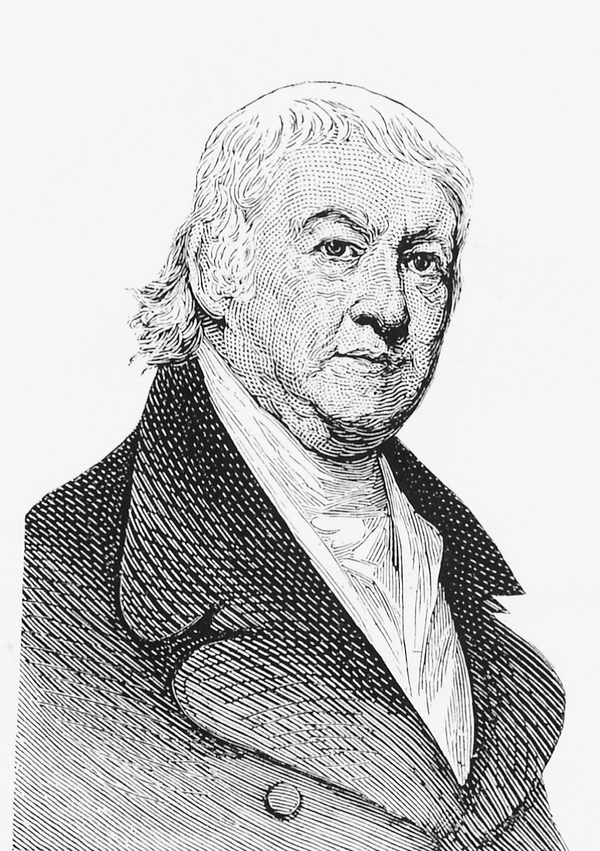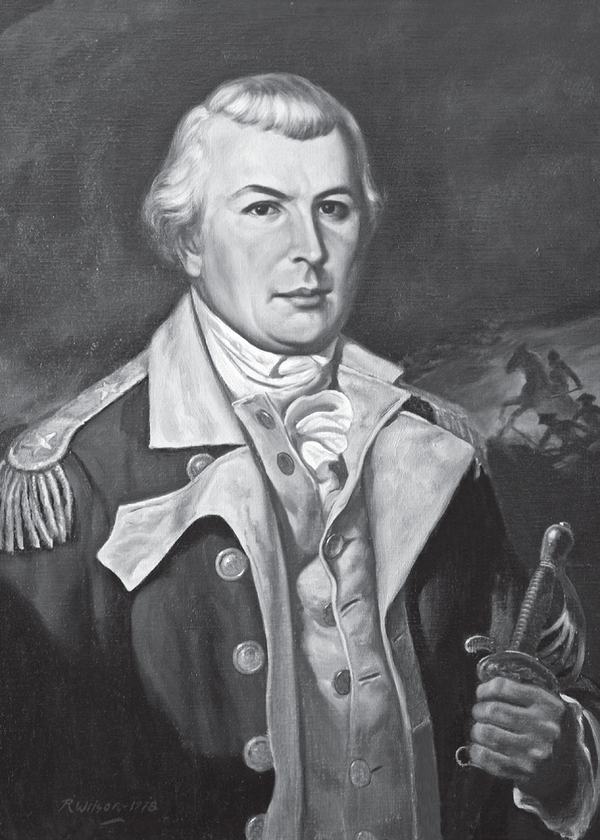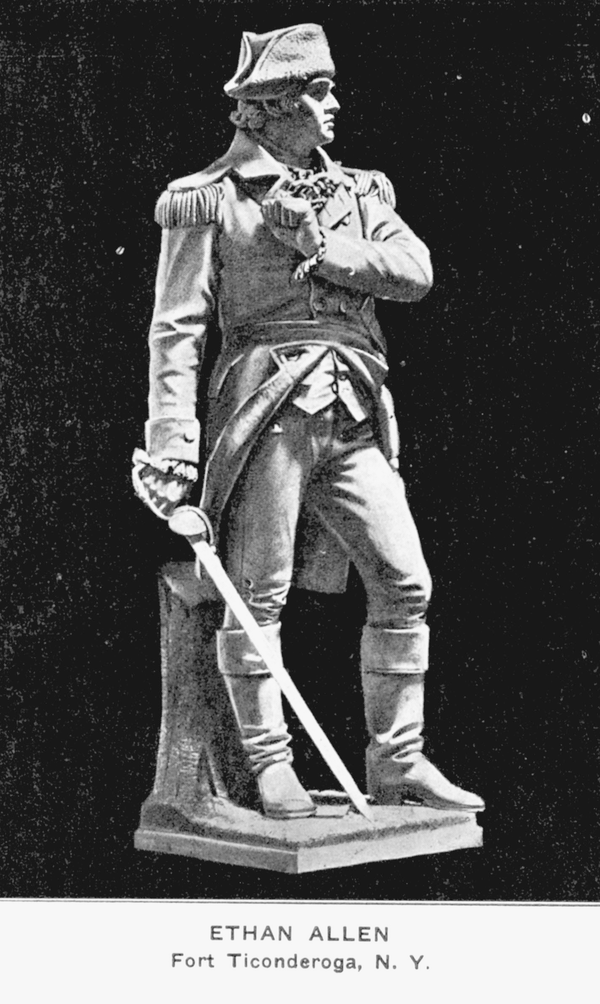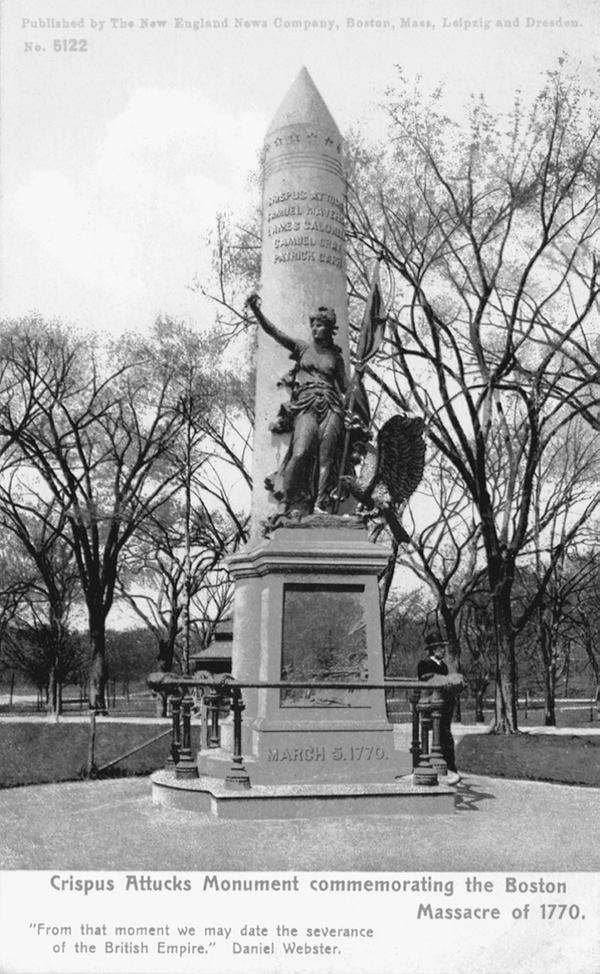Due to a growing rift between the ideals of Great Britain and the newly-established America, the potential for conflict was rapidly increasing during the late 1700s. The game-changing moment came in 1770, after British troops fired on colonists who had been throwing stones and sticks at the soldiers. The Boston Massacre sparked outrage amongst the colonists. Despite not having official independence from Britain, the 13 colonies formed their own Continental Congress, which fought to take power from British rule.
All this combined sparked the Revolutionary War. It was a hard-fought battle on both sides, with the new United States of America emerging victorious. Several leaders of this movement are remembered today as the leaders of the revolution, while others are lesser-known, but no less important. There are five of the most pivotal figures in the American Revolution.

Paul Revere
Paul Revere is most famous for his midnight ride to warn American troops in Concord of approaching British forces. Immediately, the American army began moving military supplies away from the town. A week later, Revere received word that British soldiers were coming from Boston on boats. He and William Dawes were sent out to warn militia leaders in Lexington and Concord of the looming threat. This is where the legendary story of the lantern signal in the tower emerges. Revere instructed the sexton of Boston’s North Church to place one lantern in the steeple if the British army was approaching by land, and two lanterns if they were approaching by water. He effectively warned every Patriot he saw, saving countless lives, and preparing the American army for what would become the Battle of Lexington and Concord.

Nathanael Greene
During the time of the Revolutionary War, Nathanael Greene was regarded as George Washington’s most trusted general. He was actively resisting British rule early in the 1770s, and helped establish a state militia called the Kentish Guards. Greene was appointed a general in the Continental Army in 1776, and aided Washington during the Boston, New York, New Jersey, and Philadelphia Campaigns. By 1780, Washington had declared Greene as commander of the army in the southern theater. He worked effectively to deplete British presence in the American South. After his time serving in the Continental Army, Greene retired to a plantation in Georgia, where he lived out the rest of his life.

George Washington
When we consider heroes of the Revolutionary War, George Washington is often the first person that comes to mind. As the first President of the United States, general in the Continental Army, and a Founding Father, Washington left an unwavering mark on the history of the United States. Washington first experienced battle during the French and Indian War, and was later elected to the Continental Congress by his peers in Virginia. He was Commanding General for the Continental Army, where he was joined by French forces to defeat the British army. Once it was apparent America would win the war, Washington stepped down and focused his attention on politics. He was pivotal in establishing the Constitution, and was elected the first President by Electoral College. He built a strong government, and after two terms of service, stated he would not run for a third, setting the tone for Presidents to come.

Ethan Allen
Ethan Allen gained military praise after he fought in the French and Indian War. The state of Vermont is often attributed to him. He purchased the land, but disputes between New York and New Hampshire ensued when each state claimed it was theirs. To prevent either of these states from taking the land, Allen formed the Green Mountain Boys. When the Revolutionary War began, the group began fighting. Together, he joined Benedict Arnold, and led the Green Mountain Boys to seize Fort Ticonderoga from the British in 1775. He was later captured and sent to a British prison for two years. Upon returning to the United States after the war, he tried to have Vermont adopted as an official state. He was never successful. The state would be ratified two years after his death in 1789.

Crispus Attucks
Unlike most others on this list, Crispus Attucks did not serve in the Revolutionary War. Attucks was the first man killed in the Boston Massacre, the attack that finally sparked the war for independence. As an African-America, he became a central figure in the anti-slavery movement. He was often considered a hero in United States history. On the day of the massacre, Attucks along with several other men, arrived at the Old State House carrying wooden clubs. They threw the wood, along with snowballs and other miscellaneous items, at the soldiers until one opened fire. Two stray bullets hit Attucks in the chest, making him the first victim of the Revolutionary War.
Whether they were soldiers or victims, every man on this list played an influential role in establishing the independence of America. We remember them today as heroes of the Revolutionary War and as men whose ideas and bravery led American troops to some of their greatest accomplishments.

